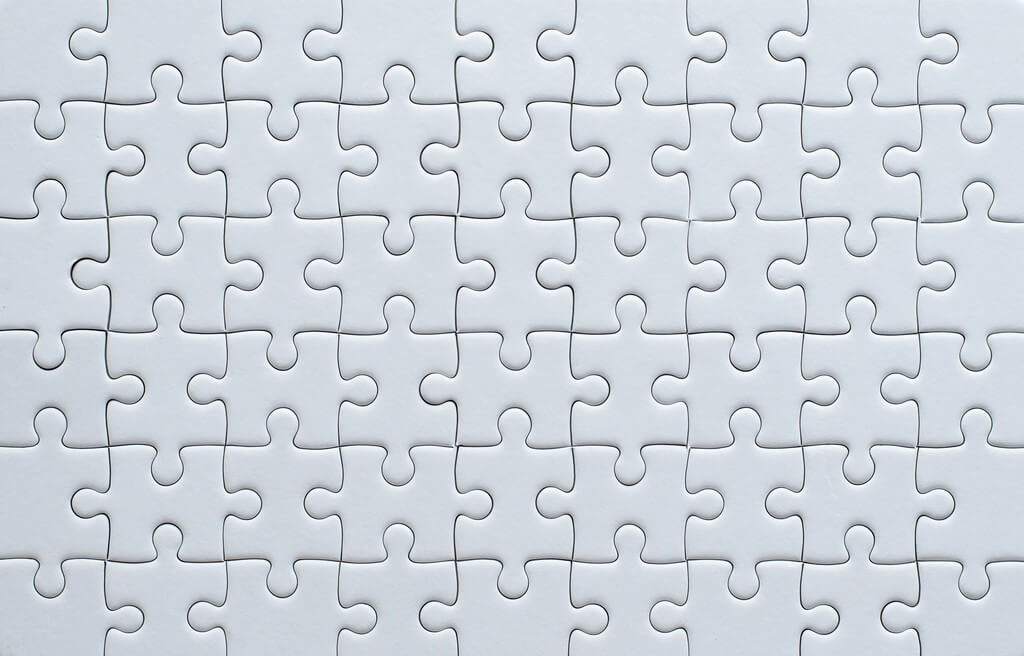Color Psychology: What Is It?
22/01/2022 2023-10-30 17:59Color Psychology: What Is It?
Color psychology is predicated on the internal and emotional goods colors have on sighted people in all angles of life. There are some veritably private pieces to color psychology as well as some further accepted and proven rudiments. Keep in mind that there will also be variations in interpretation, meaning, and perception between different societies.
Applying Color Psychology to Everyday Life
Did you know your surroundings may be impacting your passions and state of mind? Do you ever notice that certain places especially irritate you? Or that certain places are especially relaxing and calming? Well, there’s a good chance that the colors in those spaces are playing a part.
In art remedy, color is constantly associated with a person’s passions. Color may also impact a person’s internal or physical state. For illustration, studies have shown that some people looking at the color red result in an increased heart rate, which also led to fresh adrenaline being pumped into the bloodstream. You can learn further about how color remedy shops and how light and color might affect us.
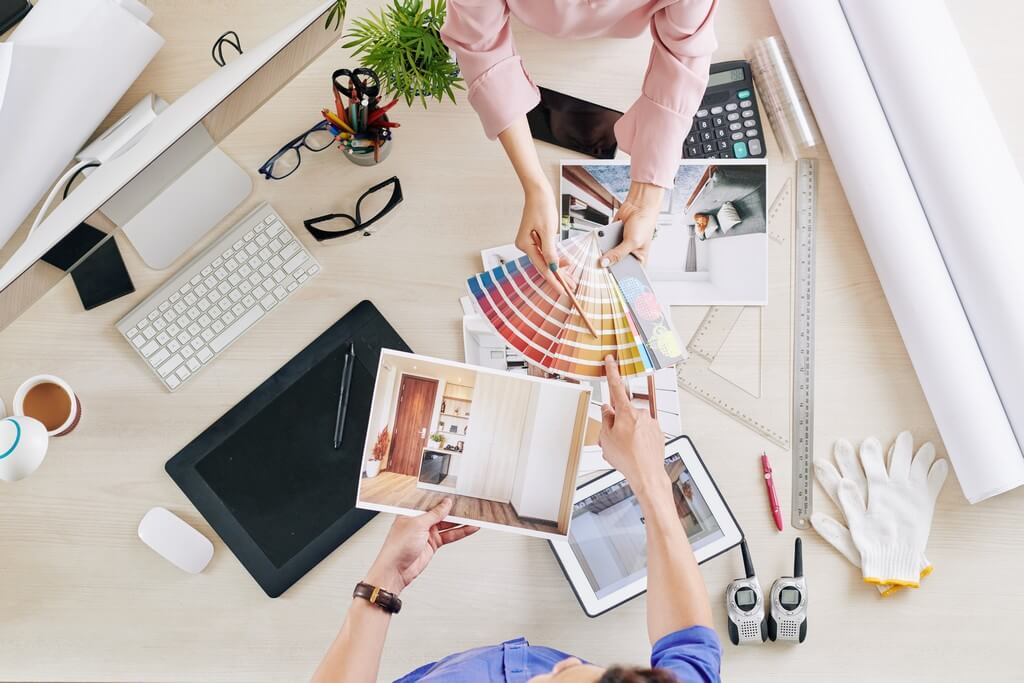 There are also generally noted cerebral goods of color as it relates to two main orders warm and cool. Warm colors – analogous to red, pusillanimous and orange – can spark a variety of passions ranging from comfort and warmth to hostility and outrage. Cool colors – analogous as green, blue and grandiloquent – constantly spark heartstrings of calmness as well as sadness.
There are also generally noted cerebral goods of color as it relates to two main orders warm and cool. Warm colors – analogous to red, pusillanimous and orange – can spark a variety of passions ranging from comfort and warmth to hostility and outrage. Cool colors – analogous as green, blue and grandiloquent – constantly spark heartstrings of calmness as well as sadness.
The generalities of color psychology can also be applied in everyday life. For illustration, maybe you ’re planning on- painting your walls or redecorating a house or room with a new color scheme. Well, you might want to consider some of these suggestions about colors and how they might affect your passions and mood
Psychological Effects of Cool Colors
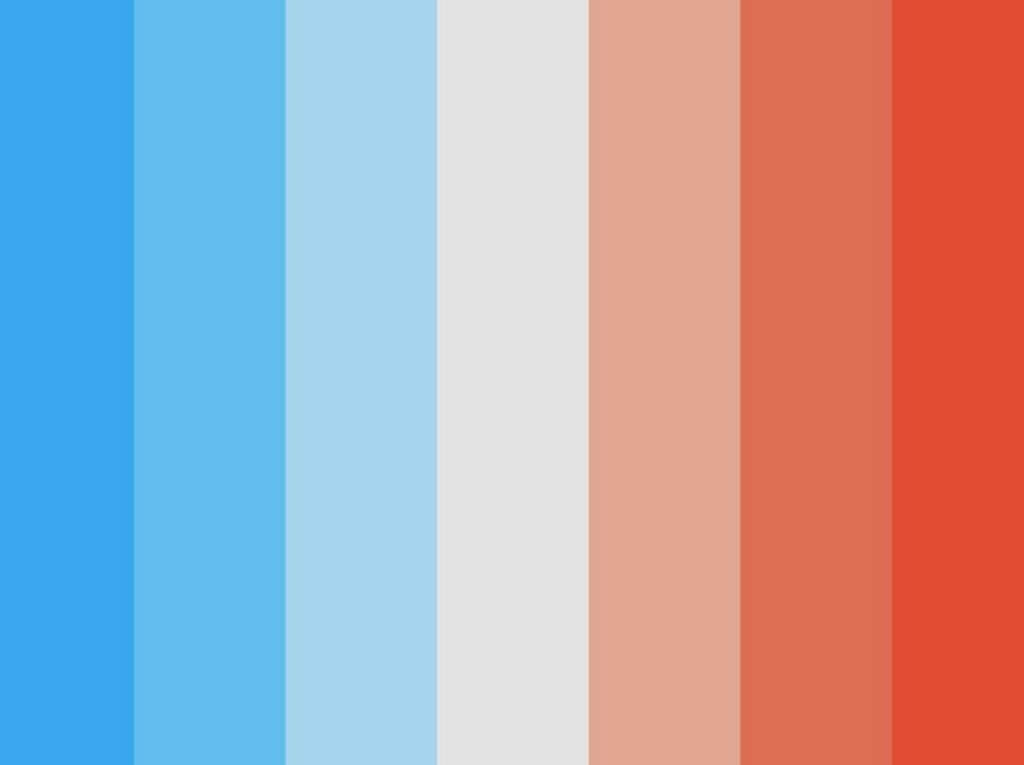
Need to be creative? Want help getting those brain synapses firing? Try exercising the color purple. Grandiloquent utilizes both red and blue to give a nice balance between stimulation and serenity that is supposed to encourage creativity. Light purple is said to result in a peaceful girding, thus relieving pressure. These could be great colors for a home or business office.
Are you looking for peaceful and comforting terrain? You might consider using green and/ or blue. These cool colors are generally considered peaceful. There is actually a bit of scientific sense applied to this – because the eye focuses the color green directly on the retina, it’s said to be less strainful on your eye muscles.
The color blue is suggested for high- business apartments or apartments that you or other people will spend significant amounts of time. Another cool color, blue is generally a comforting and serene color, said to drop respiration and lower blood pressure. The bedroom is a great place to use these colors as they should help you relax.
Psychological Effects of Warm Colors
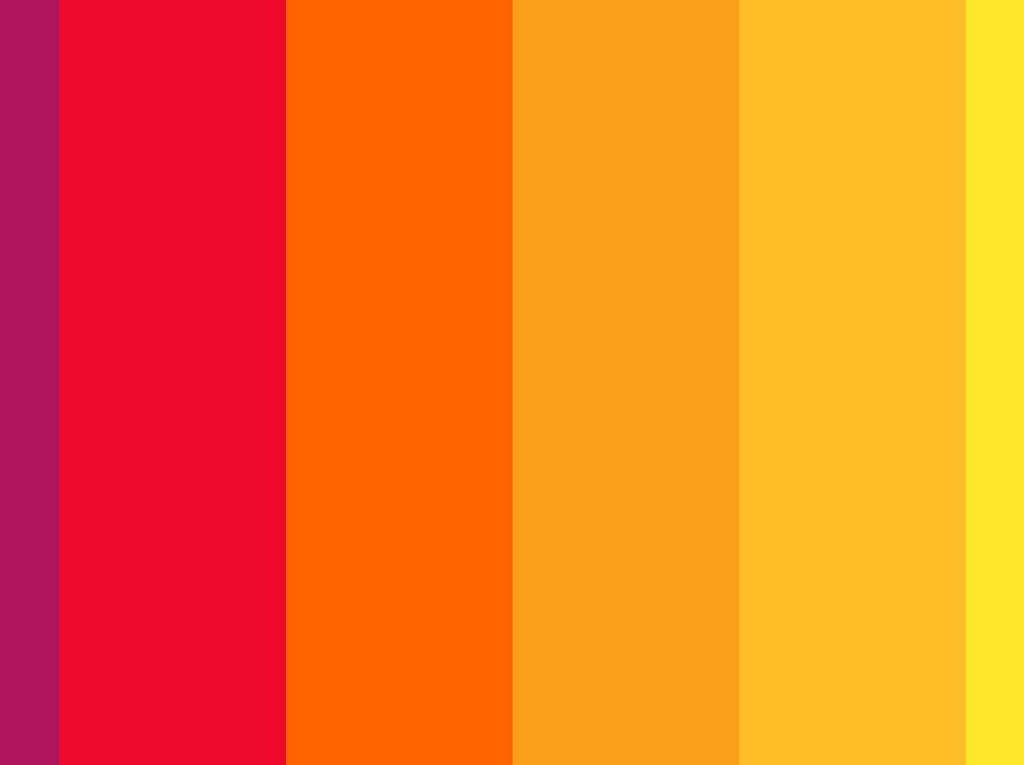
Want to produce a terrain of stimulation or stone people’s appetite? You might consider exercising the colors unheroic or orange. These colors are frequently associated with food and can beget your breadbasket to scowl a little. Have you ever wondered why so numerous caffs use these colors? Now you know why indeed after people watched the movie SuperSize Me, they said they were empty.
You do want to be careful about using bright colors like orange and especially unheroic. They reflect further light and exorbitantly stimulate a person’s eyes which can lead to vexation. You also presumably do n’t want to paint your dining room or kitchen these colors if you ’re a calorie- counter.
Psychology of Color for Marketing & Advertising
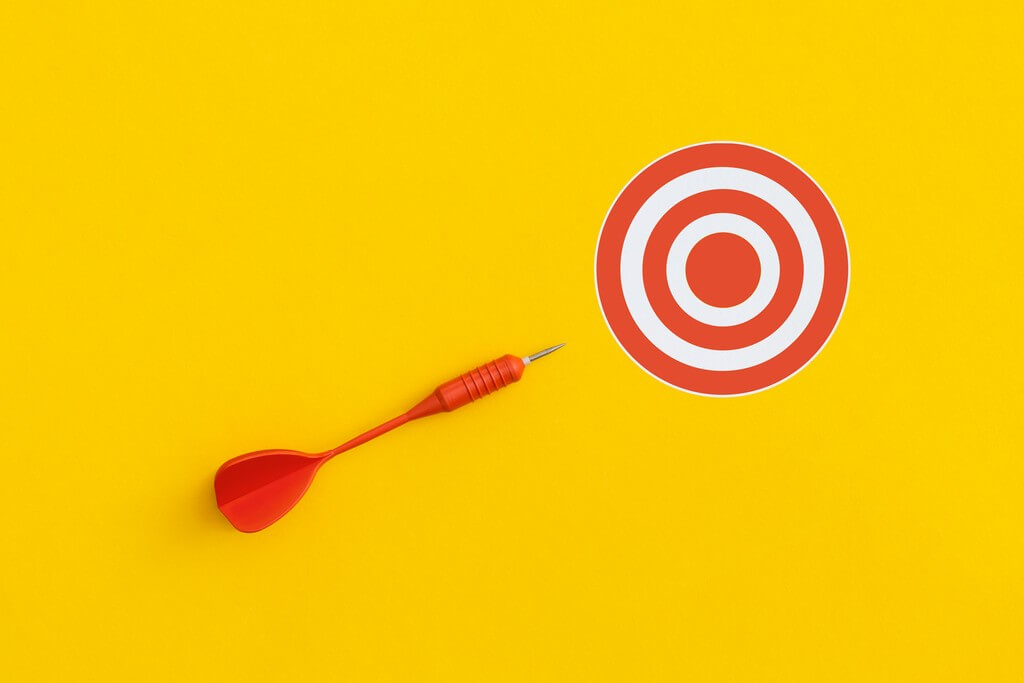 Marketing and advertising are well- known for exercising color psychology. The fact that some companies have heavily invested in this type of disquisition and multitudinous others have followed through in its use shows they have enough belief in the generalities of color psychology to apply them in their advertising.
Marketing and advertising are well- known for exercising color psychology. The fact that some companies have heavily invested in this type of disquisition and multitudinous others have followed through in its use shows they have enough belief in the generalities of color psychology to apply them in their advertising.
Color is constantly used in an attempt to make people empty, associate a positive or negative tone, encourage trust, heartstrings of calmness or energy, and innumerable other ways.
Utmost marketing and advertising directors will presumably agree that there are benefits to understanding and exercising the cerebral goods of colors. Now let’s take a look at some of the more common traits of color psychology, by some common colors.
Common Psychological Effects of Colors
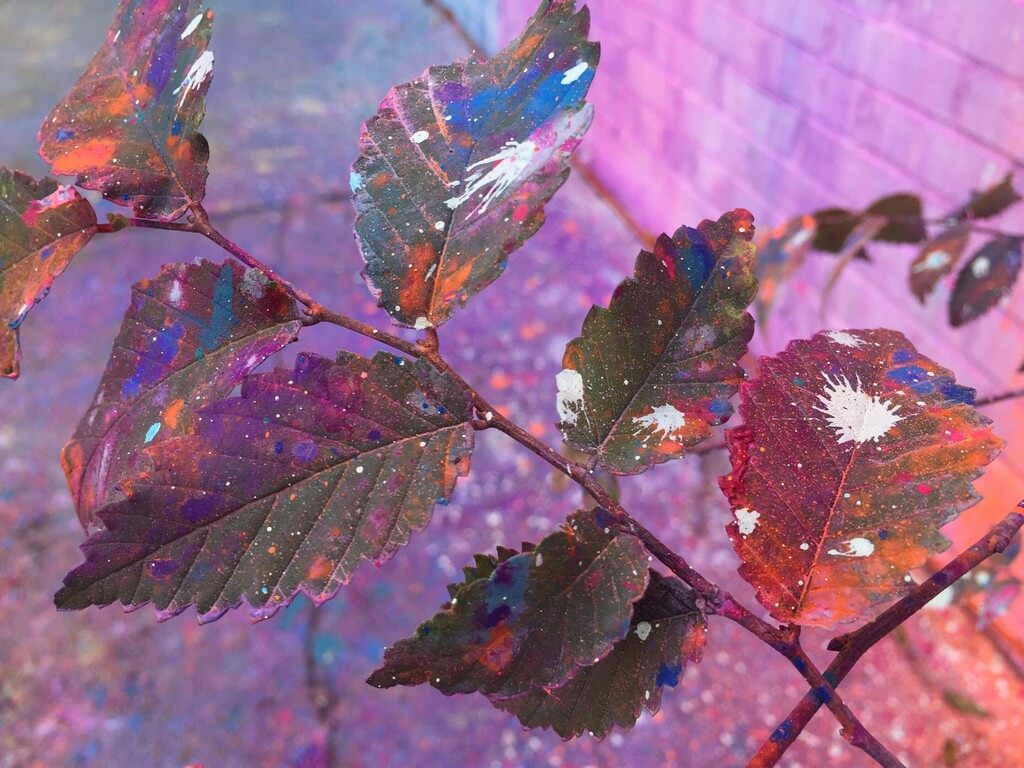
The following are some common cerebral goods of colors in the Western Element. You can also review the following runners for a farther comprehensive list of color meanings and symbolism, including some charts we ’ve created that you can download or bed on your point.
Keep in mind that certain tones or tones may affect in truly different meanings. Also, the terrain around the color, and indeed girding colors, can have an effect. Suppose of this as farther of a morning companion to color psychology.
Color Psychology:
The Color White
- Purity
- Innocence
- Cleanliness
- Sense Of Space
- Neutrality
- Mourning (In Some Cultures/Societies)
The Color Black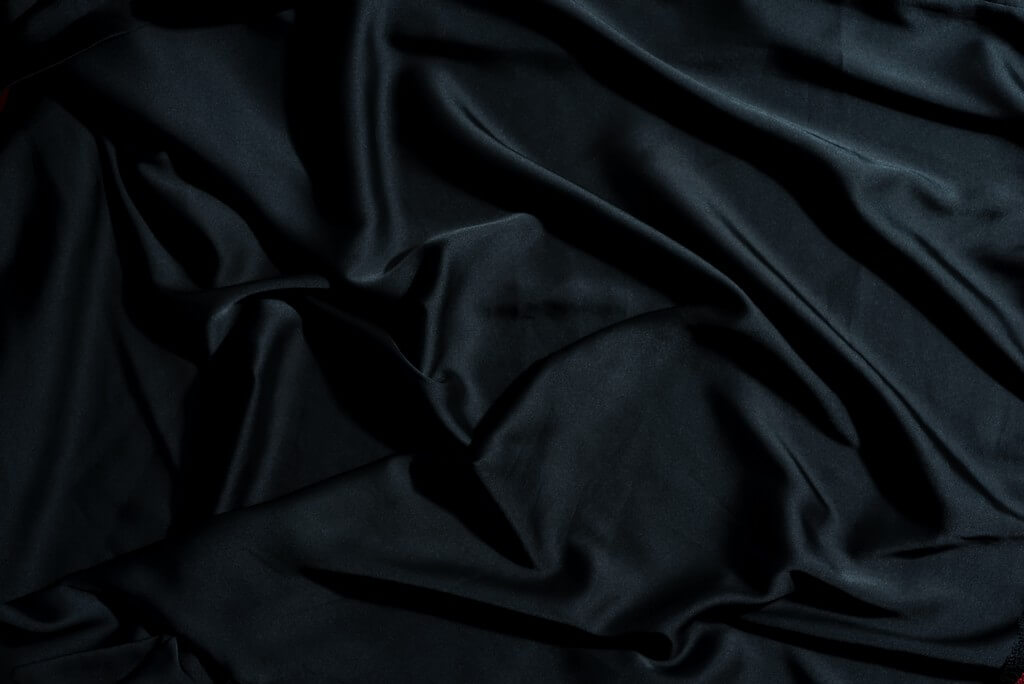
- Authority
- Power
- Strength
- Evil
- Intelligence
- Thinning / Slimming
- Death Or Mourning
The Color Gray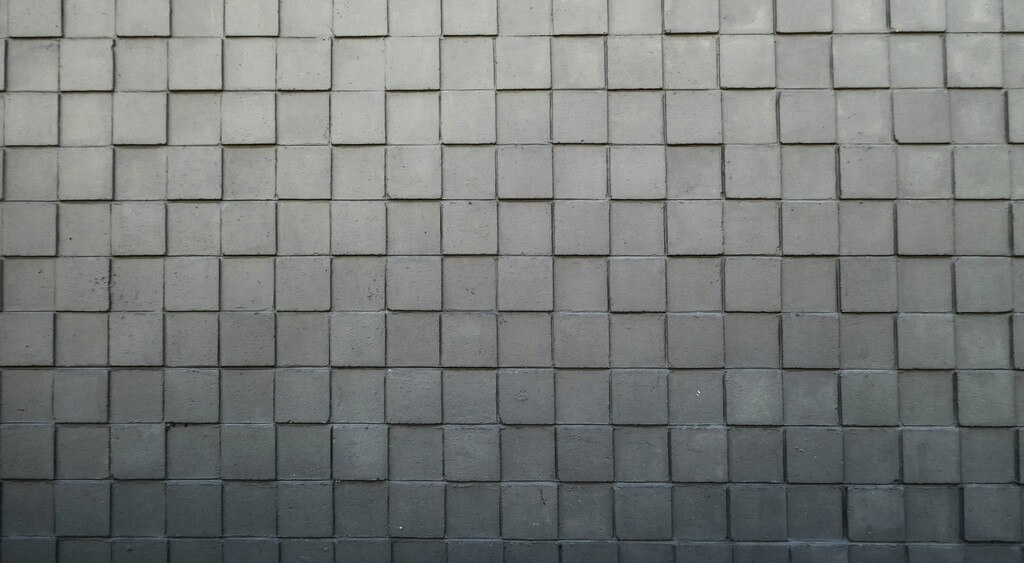
- Neutral
- Timeless
- Practical
The Color Red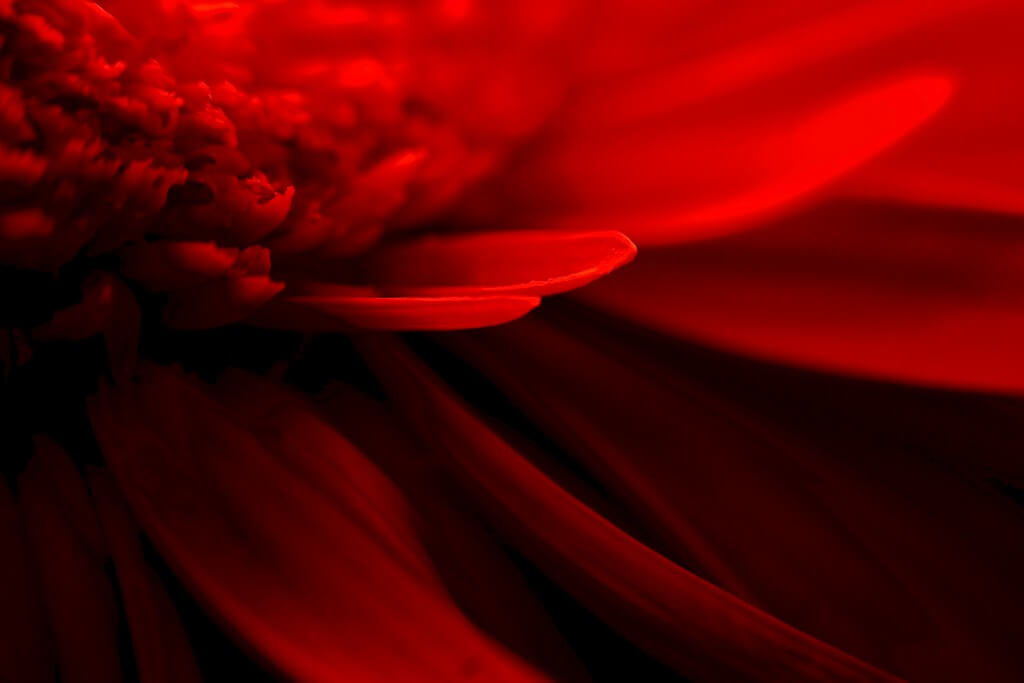
- Love
- Romance
- Gentle
- Warmth
- Comfort
- Energy
- Excitement
- Intensity
- Life
- Blood
The Color Orange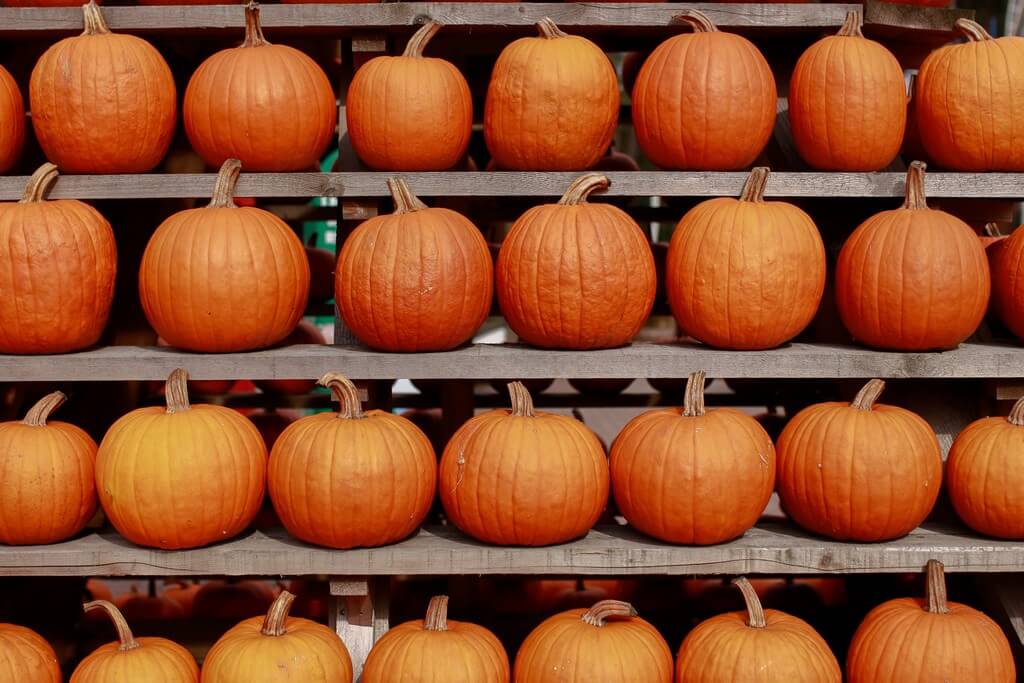
- Happy
- Energetic
- Excitement
- Enthusiasm
- Warmth
- Wealth Prosperity
- Sophistication
- Change
- Stimulation
The Color Yellow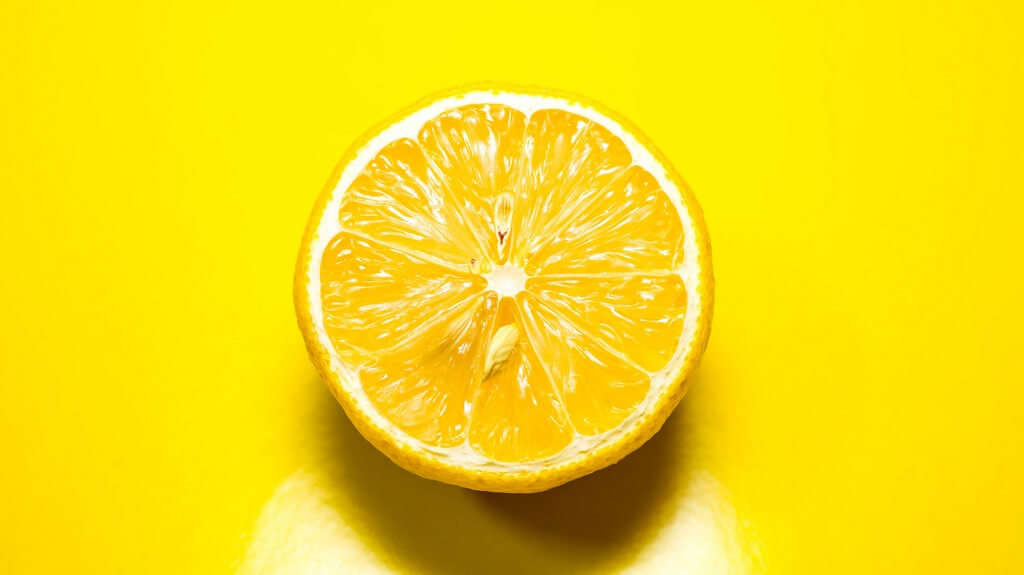
- Happiness
- Laughter
- Cheery
- Warmth
- Optimism
- Hunger
- Intensity
- Frustration
- Anger
- Attention-getting
The Color Green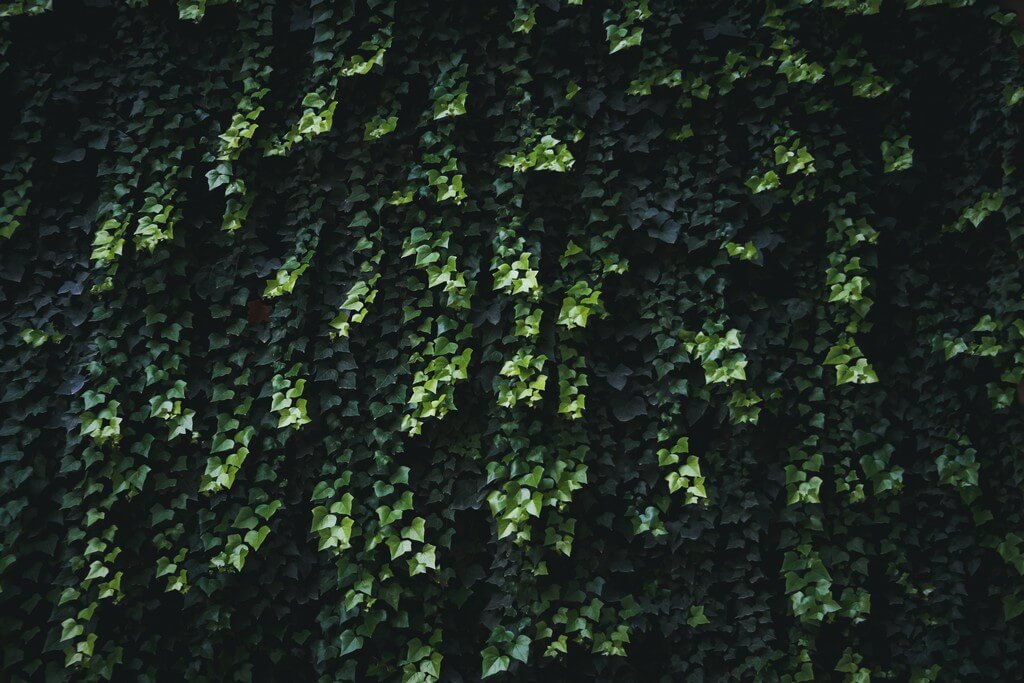
- Natural
- Cool
- Growth
- Money
- Health
- Envy
- Tranquility
- Harmony
- Calmness
- Fertility
The Color Blue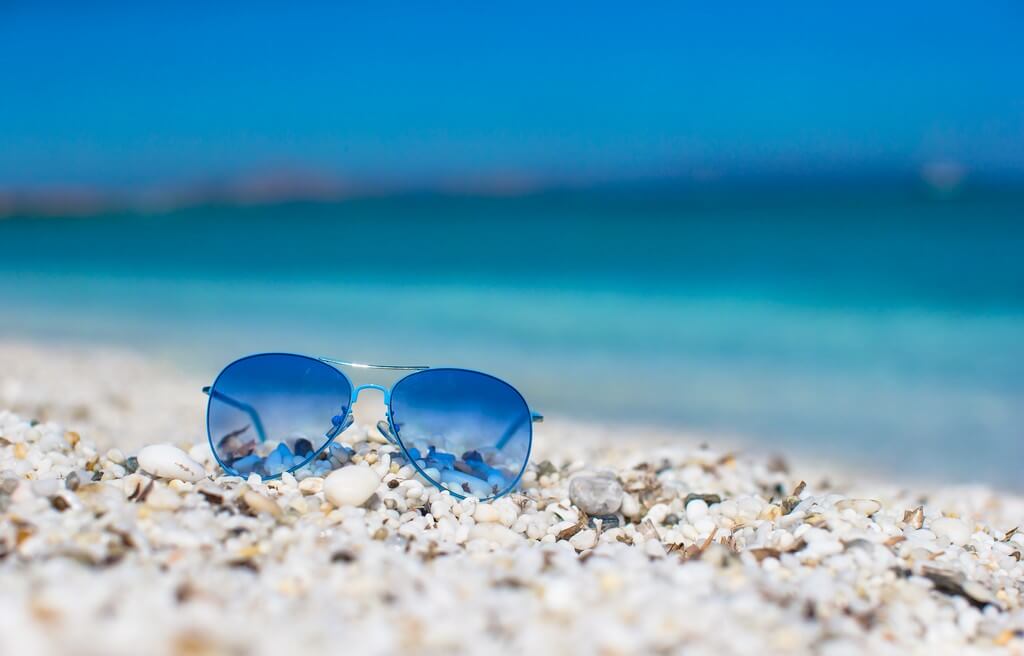
- Calmness
- Serenity
- Cold
- Uncaring
- Wisdom
- Loyalty
- Truth
- Focused
- Unappetizing
The Color Purple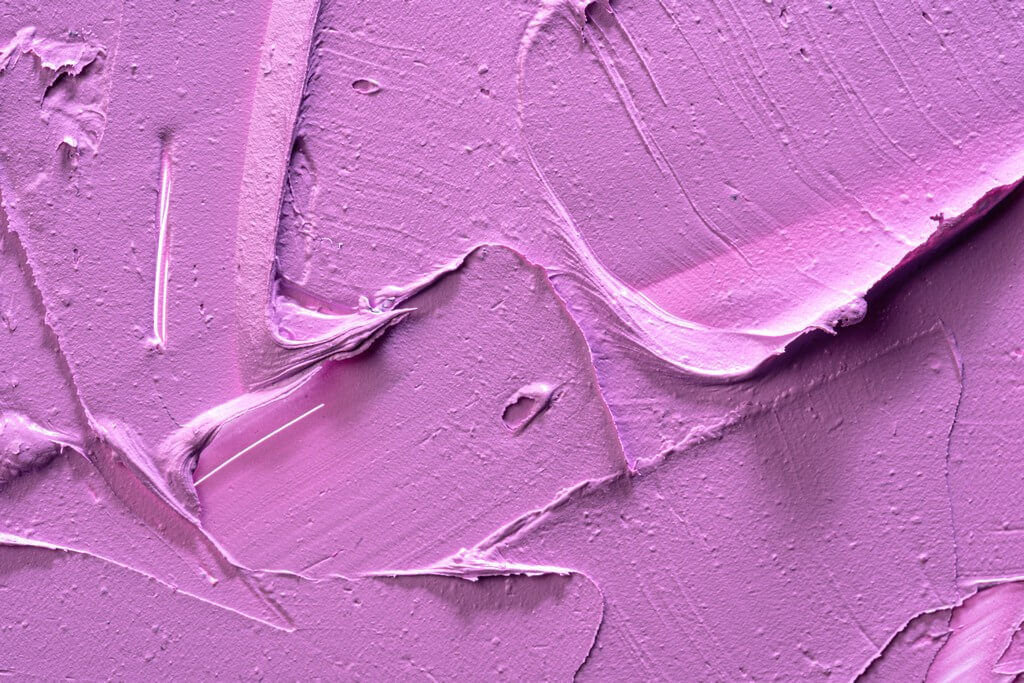
- Royalty
- Wealth
- Sophistication
- Wisdom
- Exotic
- Spiritual
- Prosperity
- Respect
- Mystery
The Color Brown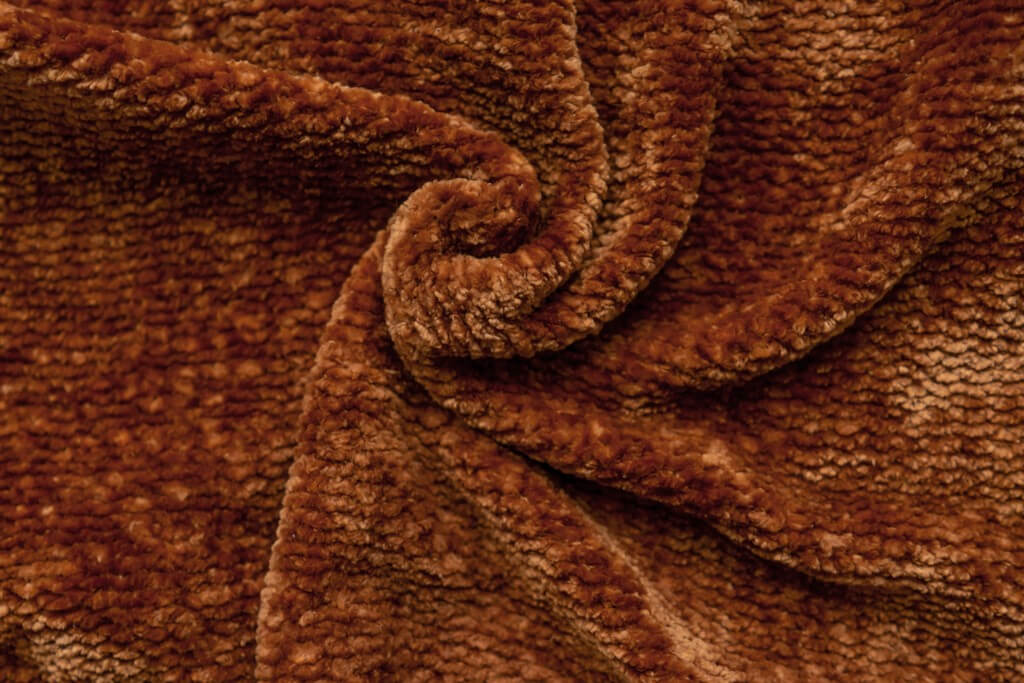
- Reliability
- Stability
- Friendship
- Sadness
- Warmth
- Comfort
- Security
- Natural
- Organic
- Mourning (In Some Cultures/Societies)
The Color Pink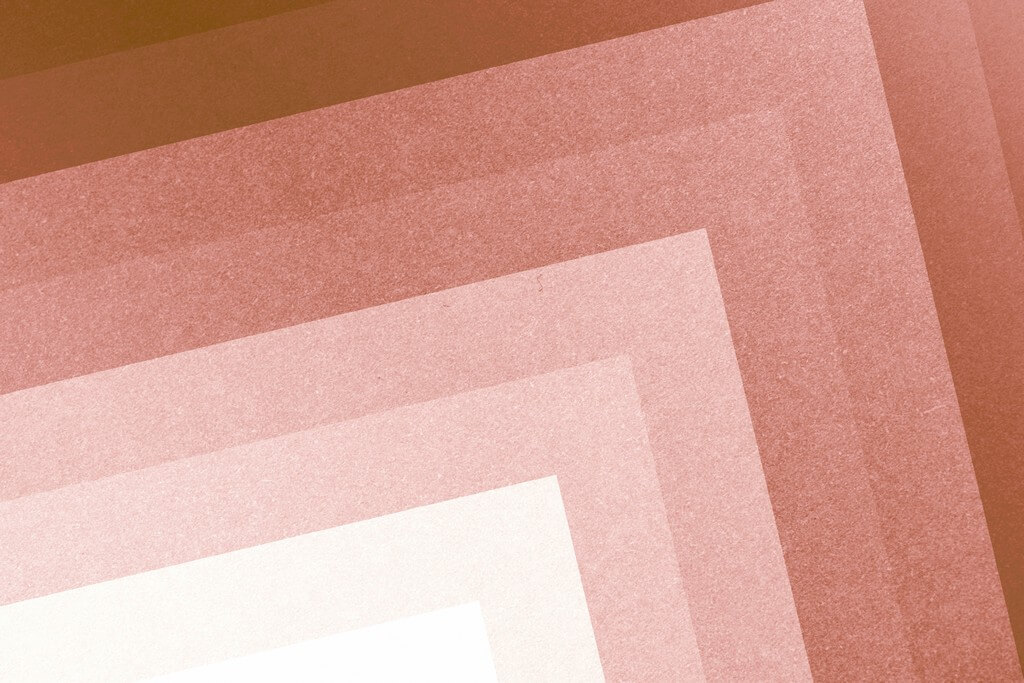
- Romance
- Love
- Gentle
- Calming
- Agitation
Color Psychology is all about how we perceive color in today’s day and age. As designers it is mandatory to understand the meaning and usage of every color in order to attract customers. Colors are a very important aspect of the creative industry, especially in the interior design industry.

